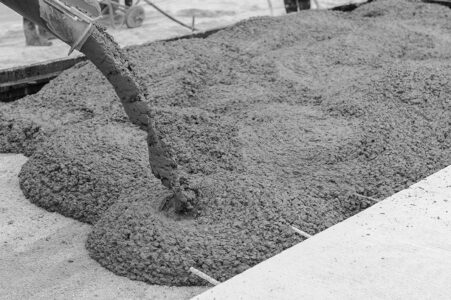
Curing is an integral step of concrete slabs Melbourne production that greatly affects its strength, durability, permeability and abrasion resistance. Curing involves maintaining specific moisture and temperature conditions both near surface and at depth over an extended period.
Moisture retention helps concrete from drying out and supports optimal cement hydration, leading to improved microstructure with increased strength, durability, water tightness and wear resistance.
Strength
Curing can be an annoying chore for contractors of concrete. This lengthy process involves leaving products in formwork for days at a time and taking patience into consideration, yet many tend to neglect this step in favor of productivity and convenience.
No matter if it is residential or commercial construction project, concrete curing is crucial to producing quality results. Neglecting this step could cause irreparable damage to your concrete surface and result in costly callbacks or repairs down the line.
Curing is the practice of maintaining favorable moisture and temperature conditions in concrete after its placement and finishing, in order to reach its designed strengths, durability, water-tightness and resistance against freezing/thawing, abrasion and scaling. Curing is accomplished through various means such as ponding/immersion/immersion spraying (or fogging), wet coverings membrane-forming curing compounds plastic sheeting impervious paper live steam heating coils etc.
Durability
Curing concrete properly can ensure its long-term durability in sidewalks, slabs or driveways – from sidewalks and slabs to driveways – which reduces damage from heavy loads as well as costly repair and replacement needs.
Hydrated cement-cement pastes are significantly stronger and more durable than their unhydrated counterparts, due to the absorption of water by the concrete during hydration. When properly cured, this increases strength, durability, and resistance against harsh environments.
Curing processes typically utilize various techniques in order to maintain moisture in concrete and prevent its evaporation, including ponding, immersion, spraying, fogging and wet coverings. If pouring concrete during cold weather occurs, ground or vented heaters may also be needed to ensure its success.
Abrasion Resistance
Abrasion resistance is a critical property of concrete. From being resistant to traffic or weather elements to effectively mitigating wear and tear, having your slab properly cured increases its abrasion resistance and ensures its long-term viability.
One way to ensure your concrete is properly cured is through “ponding”, also known as submersion. Your concrete will be placed within walls, then a pool of water poured on top to hydrate it throughout its curing process.
Curing concrete involves covering it with a waterproof blanket or sheet and wetting it daily using spraying, splashing or soaking techniques with water such as DensiKure from PROSOCO. Not only will you benefit from its curing capabilities but you will also reap secondary advantages such as water repellency, toughness and durability – ultimately helping meet its designed strength, improve its microstructure, and achieve long-term performance goals.
Water Resistance
Cement can be cured by preventing water loss from the surface, enabling hydration to take place and enhance strength and durability of concrete, as well as postponing drying shrinkage cracking until enough strength has been built up in it to withstand it.
Curing concrete properly is vitally important as it ensures the chemical reaction of hydration takes place properly and results in dense, strong and durable concrete with high tensile strength and abrasion resistance. A proper curing will produce dense, strong and long-lasting results.
To cure concrete, the first step should be thoroughly wetting it down with water before wrapping a curing blanket or plastic sheet over it. This method is particularly effective at curing floor slabs, pavements, and roof slabs. Ponding is another popular curing technique which involves creating clay or sand ponds around the concrete that are replenished two to three times per day with fresh water from a local source. Other curing methods involve covering it with an absorptive material such as hessian canvas burlap which must stay damp to avoid cycles of wetting/drying that cause surface crazing on surface areas of surface areas of concrete.

